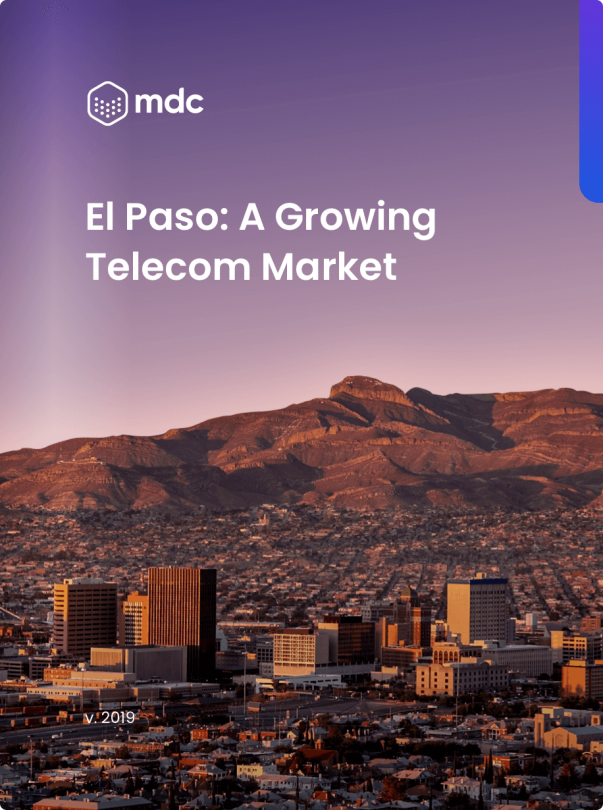
MDC Newsroom
Last year, Mexico’s 72.5 million gamers spent over 32,175 million pesos according to the data provided by Ernesto Piedras, director of The Competitive Intelligence Unit (CIU).
PWC’s Global Entertainment & Media Outlook report predicts that the video game market will continue to grow exponentially in the coming years. The firm estimates that by the end of 2020, revenues in this sector will reach 988 million dollars – an increase of 12% compared to the previous year.
The revenues of the gaming industry in Mexico could reach 988 million dollars at the end of 2020
PWC
PWC attributes that the boom in this sector to the fact that the Mexican gamer prefers video games on mobile devices to those played on a console or computer. The firm estimates that by 2020, mobile games will generate revenues of 525 million dollars. That’s more than the income generated by the sales of physical video games on consoles (182 million dollars) and computers (15 million dollars) combined.

As new cloud gaming platforms launch, gamers in Mexico continue to wait
Read the full noteInternet in Mexico
The adoption of Internet use at the national level has increased, as indicated by the National Survey on Availability and Use of Information Technologies in Homes, carried out by the National Institute of Statistics and Geography (INEGI) last year.
In Mexico, there are 80.6 million Internet users, representing 70.1% of the population (aged six years or over). This figure reveals an increase of 4.3 % points compared to that registered in 2018 (65.8%).
The country has 86.5 million mobile phone users. 9 out of 10 mobile phone users have a Smartphone.
INEGI
Mexico is a growing country and requires high bandwidth, extremely low latency, and a well-connected network that ensures the best possible user experience. Today gaming in Mexico is a much broader business, there are companies investing in gaming content streaming and e-sports that drive the growing demand.
For international networks, Mexico may seem difficult to access – whether it’s because the infrastructure is not developed or because there is little connectivity between suppliers. But content and gaming networks still need to get closer to their end-users in Mexico.
Tradionally, hubs like Miami, have been leveraged to provide services in Mexico, but the traffic does not flow directly and can significantly impact performance. For a more optimal route, it is crucial to consider colocation in edge data center at the border with various interconnection options to ensure that the traffic will go through the shortest possible route safely.
Why the border is a game changer
Whoever wants to enter the Mexican market should strongly consider the border. International providers know that the Mexican market is divided into two: the north and the rest of the country. Mexico City, at the heart of the country, services the central and southern regions of the country. Traffic originating in northern Mexico is routed through the United States. Mexican networks have developed over the years their infrastructure designed to connect directly with the United States along these routes.
Providers such as Telia, Sparkle, GTT, TATA, as well as content providers such as Cloudflare and Akamai, have recognized the value of establishing a presence on the border to grow their backbones and serve the market Mexican. The border concentrates more Mexican operators than anywhere else in the world, even more than within Mexico.
To meet this growing demand for gaming content, Mexican networks sought out hubs like Miami, or Dallas, to peer with content providers, gaming companies, and connect with Tier 1 networks. But not all companies can to reach these cities so the border has become a viable option over the years.
Border cities like McAllen, Laredo, and El Paso today serve as main or redundant hubs for most of the operators in Mexico. So having a presence here is a lot like being locally connected to a node in Mexico.
These cities also provide a benchmark for savings and growth on the border. For some, McAllen represents more than 500 miles of savings in Transportation, with a latency of 40 milliseconds that improves the experience to the end user. The concentration of operators, or carriers, with a global presence in the city of McAllen eliminates the need for Mexican operators to travel to Dallas to obtain telecom services.

For its part, the city of El Paso and its proximity to the border makes this city a strategic market location for Mexican operators seeking to unload the Dallas, Los Angeles, and even Phoenix markets.
MDC has recently added CDNs that distribute gaming content to its ranks and has considerably increased its pipeline of gaming companies entering Mexico through our are carrier-neutral data centers. Schedule a call with our team and find out how MDC can help bring gaming content closer to Mexico.








